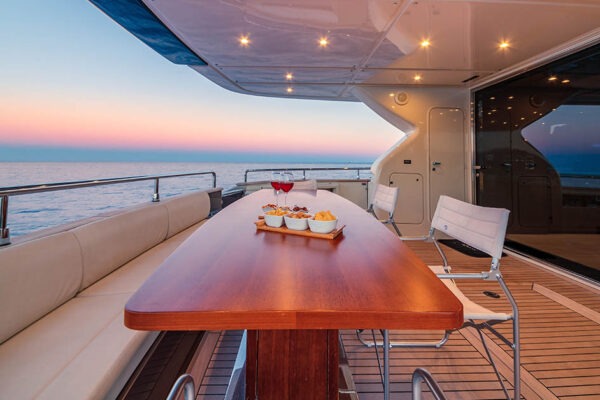
The maritime and shipbuilding industry is a realm of precision and complexity, where engineering serves as the keel that ensures a vessel’s stability and functionality. At the very core of this industry lies the concept of basic engineering, a multidisciplinary approach that integrates various engineering disciplines. It’s the fundamental blueprint that charts the course for the entire shipbuilding process.
Multi-disciplinary Integration:
Basic engineering in shipbuilding is all about bringing together multiple engineering disciplines, seamlessly merging structural, systems, piping, interior, electrical, mechanical, and outfit components. This integration is essential for the smooth functioning of the vessel and the safety and comfort of its passengers and crew. Every detail, from the ship’s structural stability to its interior design and electrical systems, is meticulously planned and designed within this framework.
Structures and piping:
Basic engineering is the cornerstone upon which a ship’s construction is built. It is during this phase that the vessel’s architecture and all of its intricate systems and components are planned and designed.
The structural discipline ensures the ship’s integrity, making certain it can withstand the rigors of life at sea. The design of the hull, bulkheads, and superstructure is crucial to the vessel’s stability and safety.
The systems discipline focuses on the ship’s various systems, such as HVAC, fire-fighting, and sewage. Piping is equally important, as it encompasses the intricate network of pipes that transport fluids throughout the vessel, from fuel and water to waste.
Powering the Project – The Electrical and Mechanical Aspects
The heart of any vessel lies in its electrical and mechanical systems. Basic engineering ensures that these components are not only efficient but also integrated seamlessly into the overall design.
In the maritime industry, electrical systems are responsible for everything from lighting and communication to navigation and power generation. Basic engineering considers the vessel’s electrical needs, ensuring the correct wiring, power distribution, and integration of these systems.
Mechanical engineering in shipbuilding focuses on the propulsion and mechanical systems that drive the vessel. This includes engines, propulsion systems, and auxiliary machinery. Basic engineering ensures these components are harmoniously integrated into the ship’s structure and operation.
Outfit Components:
The outfit discipline encompasses everything from the ship’s interior design, including furnishings, to safety equipment, such as lifeboats and firefighting gear. Basic engineering covers these aspects, ensuring that they are not only aesthetically pleasing but also practical and compliant with safety regulations.
Basic engineering is the compass that guides the complex journey of shipbuilding in the maritime industry. It brings together multiple engineering disciplines to create a seamless, well-integrated vessel that meets the highest standards of safety, functionality, and aesthetics. In a world where precision is paramount, basic engineering is the foundation upon which safe, efficient, and elegant ships are built.






More articles